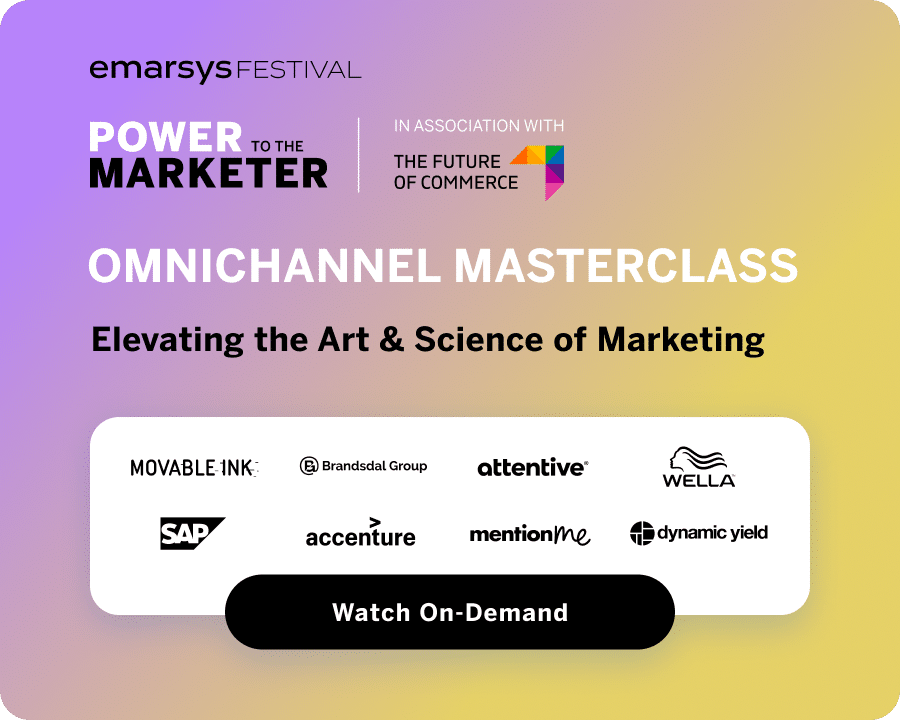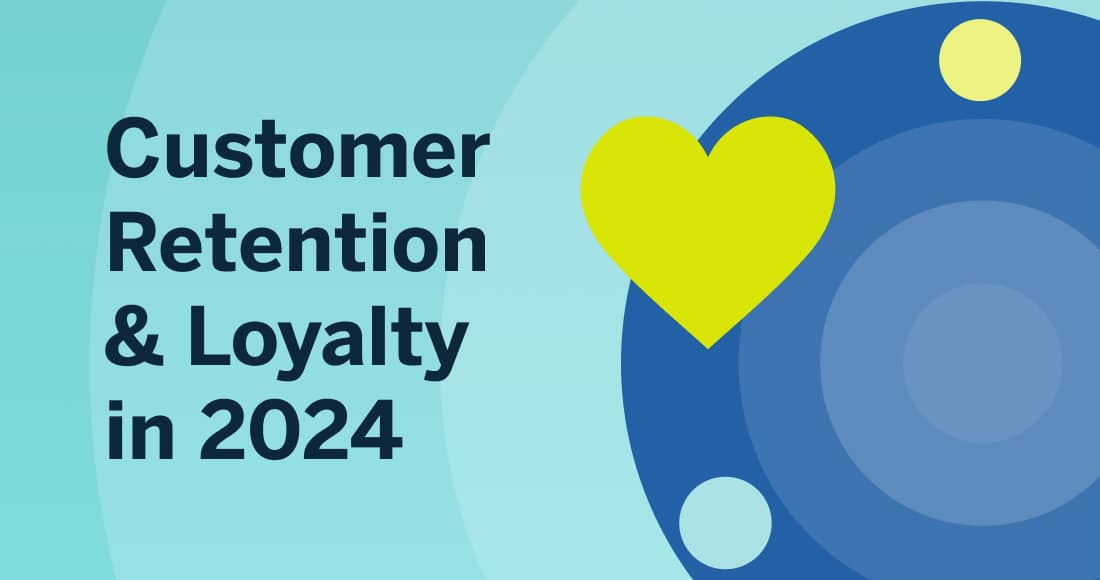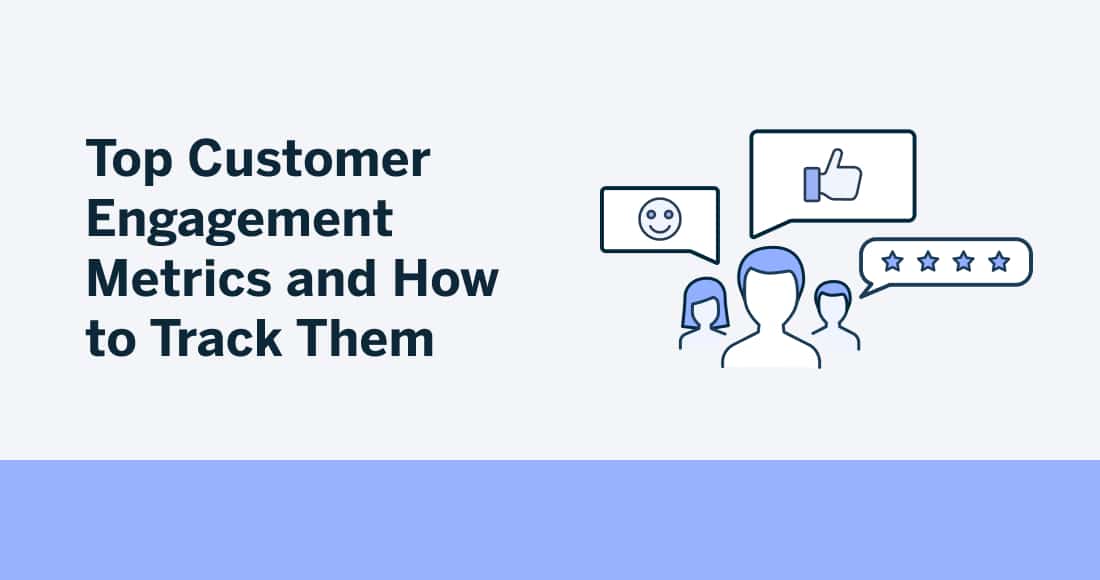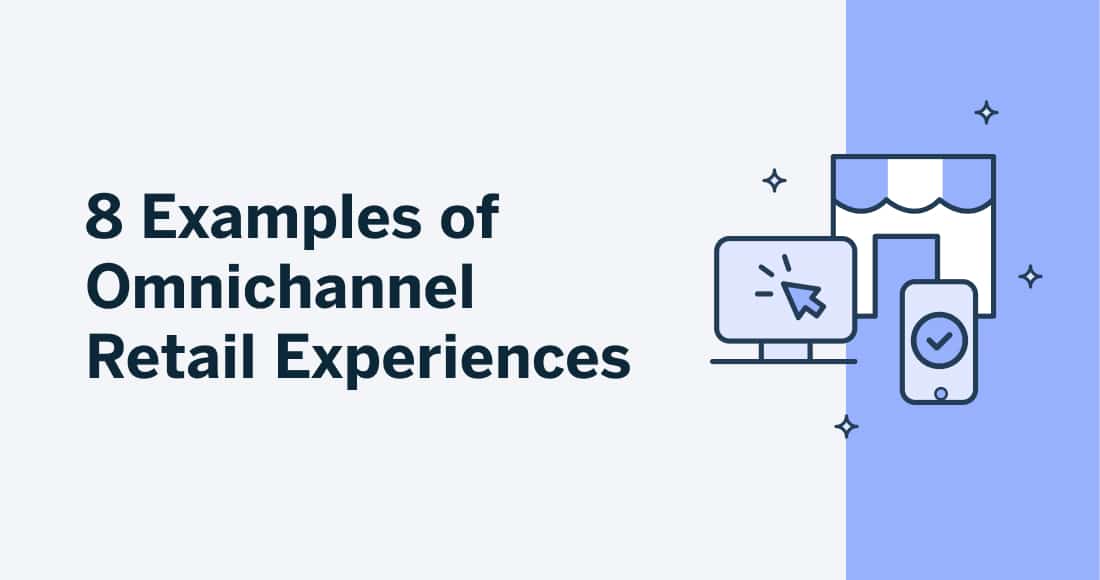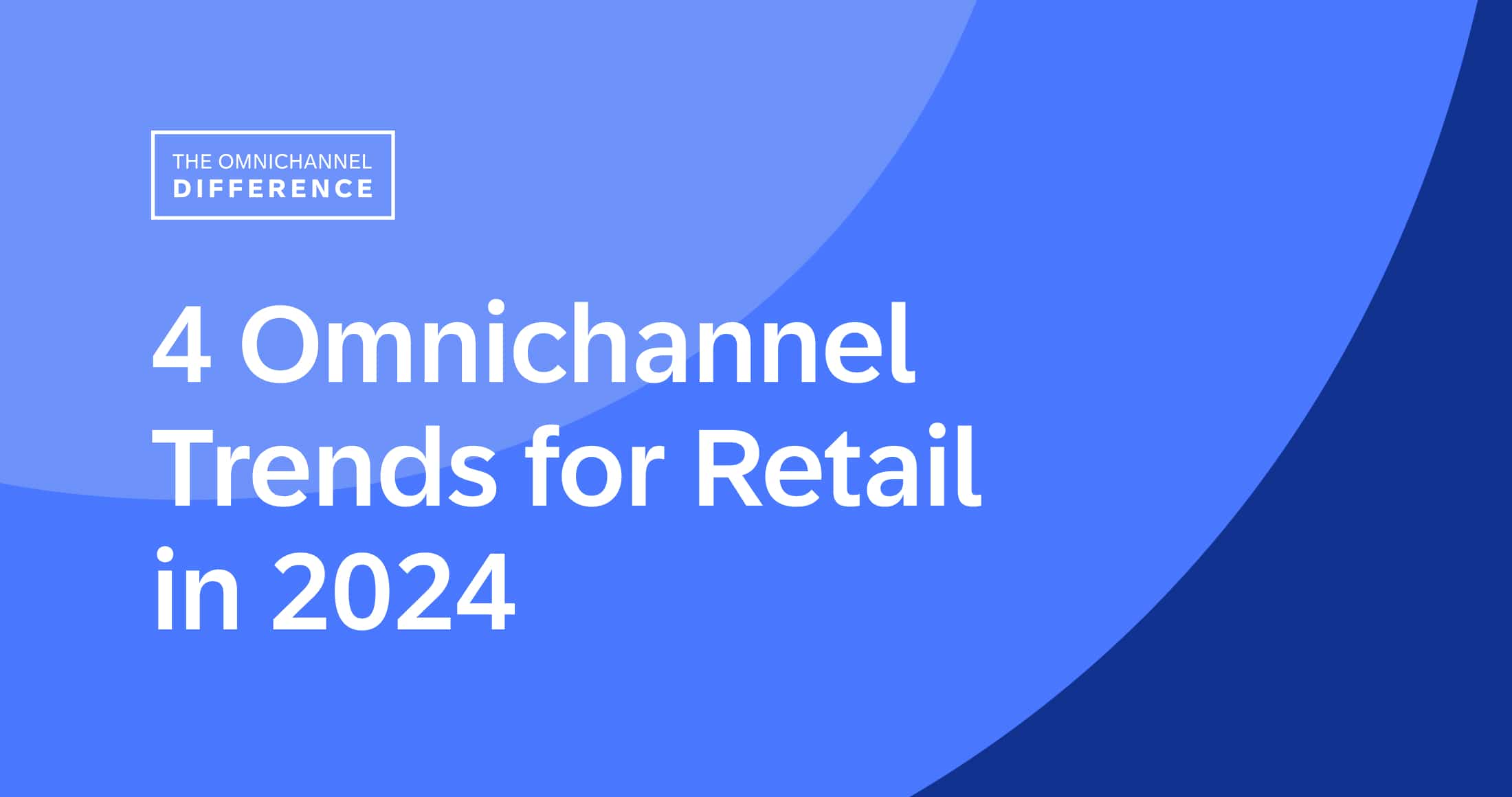As discussed in a previous post, Apple’s Safari and Mozilla’s Firefox now block third-party cookies, and Google will be doing away with third-party cookies by 2022, thus limiting the data previously needed to further target customers.
The movement toward data that allows marketers and advertisers to truly understand customers has arrived. In fact, many who’ve adopted this marketing method have found great success, especially during the pandemic.
Let’s take a look at the different types of data and how dynamic data points can be used to connect with customers.
Data Differences: Zero, First, Second, and Third
There are four major types of data that marketers can leverage in order to connect with customers:
- Zero-party data: this information is a more detailed version of first-party data and addresses such things as communication preferences (for example, a customer stating they’d like to receive a weekly newsletter).
- First-party data: this is your own data – customers’ purchases, interactions on your site, within your app, email CTR, and more.
- Second-party data: this is data that was another company’s first-party data that they’ve either sold or shared.
- Third-party data: this is data from outside your organization and typically collected by web cookie tracking from multiple sources such as browsing and advertising.
“When I’m talking about customer data, it’s not just about having their name and email address. It’s about being able to have the ability and the permission to append things like their behaviors. What are they browsing? What are they interacting with? What are they purchasing? What are they returning? Customer data is all of the information that you hold about a customer. It’s not just that personal information. It’s about all of those associated behaviors that go with it. And in this increasingly complex regulatory framework that we’re being given, you don’t have the ability to analyze those behaviors and analyze those purchase patterns without permission.”
The Data Needed to Connect with Customers
What would happen if customers were willing to give you information to gain a more personalized service? Because of the information they share with you, customers may feel more as if they were in your store rather than shopping online.
This is exactly what zero-party data is — customers sharing information with your brand so you gain deeper insights to provide tailored personalized messages and campaigns.
Unlike other types of data, zero-party comes right from the customer. Couple zero-party data with the first-party data you gain from a customer (web browsing behavior, SMS interactions, email CTRs, etc.) and you’ll be able to connect with each and every online shopper.
“Right now I believe that marketers have a huge opportunity to get on the front foot with regard to customer data, how they gather and use it, and how they explain and demonstrate the value to customers for giving them the permission to use that for a period of time. And, you know, I think I’m seeing it and I’m delighted that I’m seeing it, that marketers are absolutely thinking about their data strategy and how they’re going to move into that totally different mindset. It’s a totally different mindset to give me all of the data I can, just get it from anywhere, and, you know, I’ll see what I can do with it, into what do I need to add value to my customer? What is the value I’m going to give them back for it? And then how do I acquire directly in a relationship of trust? And to me, you know, this is kind of core to the new battleground for brands going forward, will be how will they do that.”
The data you’re provided from customers is all about building trust, understanding their needs, desires, and interests, and providing value. How can you continue providing value so that a customer continues to give you that data?
Just keep this in mind: with GDPR in Europe and other regulations such as the PDPA in Singapore and the CCPA in the USA, customers have more control than ever over their data.
“If you don’t show value, if you don’t consider how intrusive or otherwise you’re being and you don’t build that into a relevant customer journey for that individual, you can expect to have the use of that individual’s data revoked. And that’s a huge cost because you’ve worked hard to get it. And having it will give better business results, if you like, for you as a brand by giving a better experience to the customer. So people need to, I think, give a lot of thought, not just to their data strategy, but to their engagement strategy using that data.”
Some Upcoming Changes You Must Know
Things are rapidly changing for pixel tracking and third-party cookies. In fact, because marketers are able to understand and even predict what customers desire with zero-party and first-party data, interactions with customers are becoming more personalized than ever before.
Pixel Tracking with iOS 14 and Google
“Apple’s iOS14 update means that things like pixel tracking — and Google have also announced the same changes — just having a pixel on your website for 13 different vendors to all get their signals back about what people are browsing, what people are purchasing, is no longer socially acceptable. It’s now something that consumers are aware of, consumers are freaked out by, and consumers are using dark mode, consumers are using ad blockers. Consumers are now saying: “I do not need to give you permission to use your website.” There are huge, huge changes going.”
Think about this: Apple (with iOS) and Google (through Android) control almost all of the world’s mobile traffic and browser activity.
Anywhere there’s a customer touchpoint, these tech giants are involved, either through their hardware, software… or both.
“And I was really interested to see just how quickly, you know, Apple have moved to use privacy, as, you know, right front-and-center of their latest ad campaign, and say, we are protecting your privacy. You have to opt-in now, not opt-out, to your data being used that’s gathered through various of our tools, if you like.”
Facebook Ads Attribution Window Changes
Facebook recently decided to rid itself of the 28-day attribution model and only provide a 7-day overview. Translation: gaining detailed insights into customers and their path to converting may no longer be obtainable through Facebook ads.
This really hurts anyone with high-performing Facebook ad campaigns. Just think about all those touch points that will now be removed from that 28-day time-frame and only relegated to 7 days. By Q1 2021, the 28-day attribution option will be scrapped in exchange for the 7-day model.
Here’s the official statement from Facebook to advertisers as to why it’s making this major change:
“Upcoming digital privacy initiatives affecting multiple browsers will limit business’s ability to measure people’s interactions across domains and devices. Among those limitations is the ability for businesses to attribute conversion events back to an ad over longer attribution windows.”
Taking Back Your Data: What You Can Do
As third-party data will soon be gone, it’s never been a more vital time to implement different ways to collect the information you need to provide personalized ads and recommendations to your prospects and customers. The first step in all of this is collecting the data.
Make It Fun
In order to gain what 3radical calls ‘Earned Data’ – data that customers give freely to a brand – you can begin to gamify the process. As discussed in the last post, gamification is basically where a customer provides their data in exchange for some type of offer or discount.
Facebook Conversions API

If you have many Facebook ads and you want to understand each and every customer journey in order to adjust your ads for more profitability, then you’ll want the Emarsys Facebook Conversions API.
No need to worry the Facebook attribution window is changing. You can easily connect all your data with the Facebook Conversions API to gain that full view of your customers across multiple channels to connect with them in real-time.
All the incoming data is matched to the exact customers through the Emarsys CEP (customer engagement platform) to provide personalized experiences through more effective ad spending to gain a higher CTLV and a better ROAS.
Server-to-Server Integrations
Many brands struggle to connect their data in one place across the various solutions they use. The data becomes difficult to integrate and unify into one platform. This makes it difficult to identify and target a customer based on activities and behaviors across multiple channels.
The Emarsys Server-to-Server (S2S) integration provides complete control over the data provided to other platforms. The (S2S) integration optimizes your company’s IT environment, ensures compliant data collection, and breaks-down the silos to unify your data, and connect each source back to one central platform.
Final Thoughts
Marketers can now access the right data to make the most informed decisions to connect with customers in a personalized way, but customers have to willingly hand over their data and know that you’re going to provide value in exchange.
This is the era of permission marketing and the birth of more informed marketing teams. Better data can be used to identify customers, predict AOV and CLV, automate customer lifecycles, and much more.
Brands can now provide a level of service that’s on par with the in-store experience. And right now is the most important time to eliminate your data silos to create personalized campaigns for all of your customers.
There is a gold mine hidden within your data. All you have to do is connect with the platform that leads to success.
Ready to see how top brands use their first party data to drive customer experiences and better business outcomes?
Handpicked Related Content:
